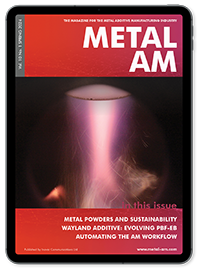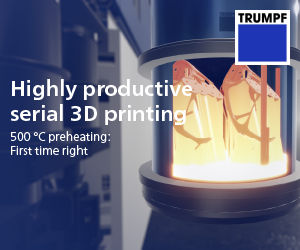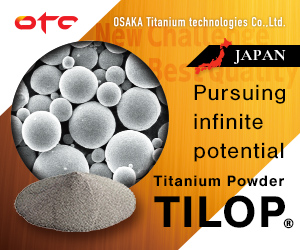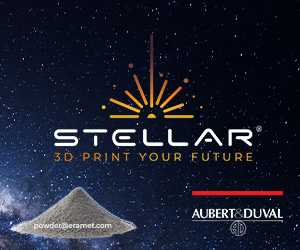Penn State University research lab acquires SPEE3D metal AM machine
June 24, 2021
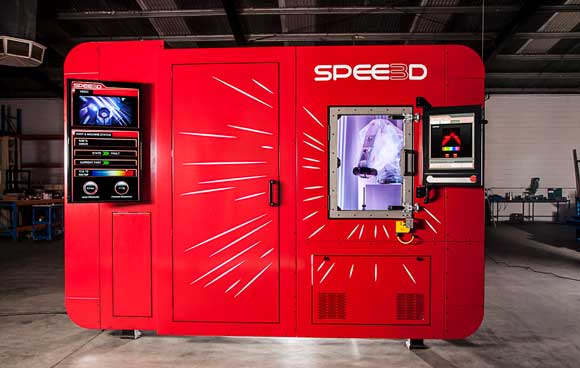
The Applied Research Laboratory of Penn State University, Pennsylvania, USA, a US Department of Defense designated University Research Centre, has acquired a LightSPEE3D Cold Spray metal Additive Manufacturing machine from SPEE3D, Melbourne, Australia, which will allow the institution to advance its AM capability.
SPEE3D machines use Cold Spray Additive Manufacturing, working on a cold fusion principle where compressed air is used to fuse powders, meaning no volatile gases or heat sources are required to bond layers together. In recent Australian Army field trials, the company’s LightSPEE3D and WarpSPEE3D machines have proven robust enough for harsh environments such as the field of combat, making them an ideal expeditionary solution for building components on demand at the point of need.
“Our collaboration with SPEE3D is an excellent addition to our current capabilities in Metal Additive Manufacturing and Cold Spray,” stated Tim Eden, Ph.D., Head of the Material Science Division at The Applied Research Laboratory at Penn State University and Professor of Engineering Science and Mechanics. “We are looking forward to developing and applying SPEE3D technology to meet the materials and manufacturing challenges of the US Navy, DoD and the industrial base.”
Eden, alongside Janice Bryant, Expeditionary and Sustainment Technology Manager of the Naval Sea Systems Command (NAVSEA) Technology Office, will use the metal Additive Manufacturing technology to conduct research into the advancement and development of AM equipment within the US.
Bryant commented, “NAVSEA is excited about the potential of SPEE3D technology to bridge the gap between cold spray and metal additive manufacturing.”
Byron Kennedy, CEO of SPEE3D, added, “Having our LightSPEE3D metal 3D printer at Penn State University’s Applied Research Laboratory is quite exciting for SPEE3D. This partnership will no doubt allow the institution to develop leading research within the field, enabling them to work at the forefront of the industry.”




